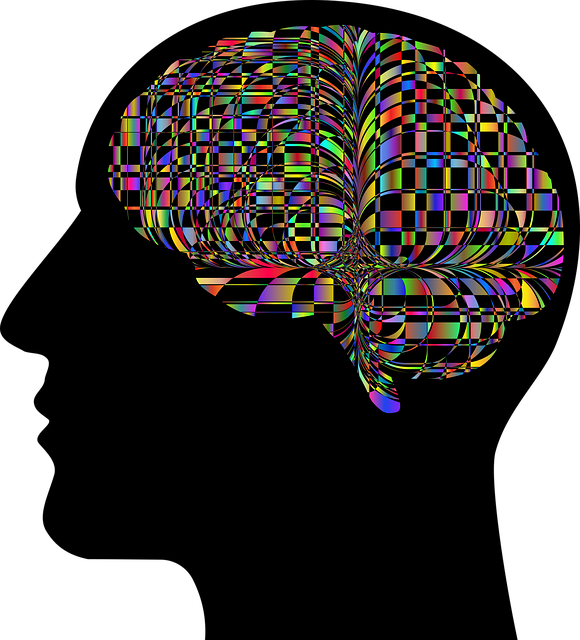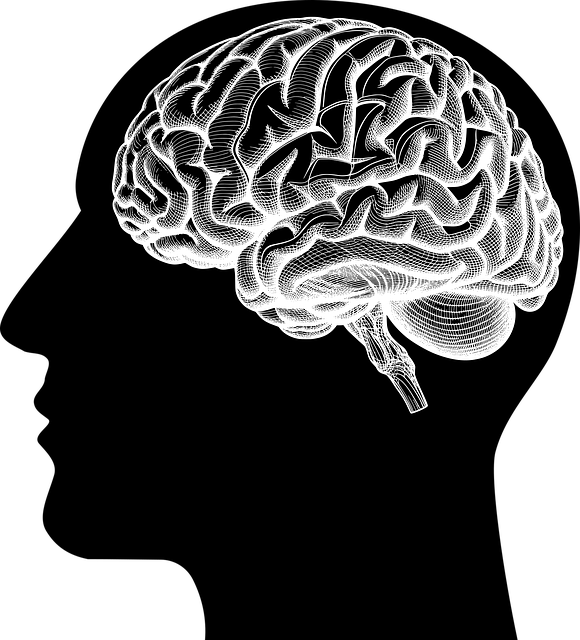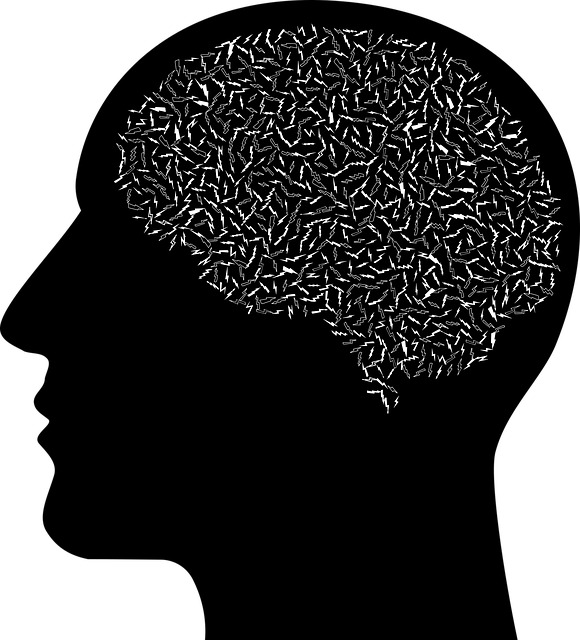Panic disorder and anxiety attacks are common mental health issues characterized by intense fear and physical symptoms. Effective crisis intervention strategies include tailored interventions focusing on immediate symptom relief and addressing underlying factors, enhancing emotional intelligence. Cognitive Behavioral Therapy (CBT) challenges negative thought patterns and teaches self-awareness through mindfulness meditation and journaling to recognize early warning signs. Breathing exercises and mindfulness meditation induce relaxation and foster emotional control. Building a supportive network through communities, organizations, peer groups, mental wellness podcasts, and online platforms significantly aids crisis intervention for adults with panic disorder and anxiety attacks.
In today’s fast-paced world, understanding crisis intervention strategies is crucial for supporting adults suffering from panic disorder and anxiety attacks. This comprehensive guide delves into effective techniques to help individuals navigate these intense experiences. From identifying warning signs to exploring cognitive behavioral therapy (CBT) methods and breathing exercises, we offer practical steps for managing anxiety. Additionally, we emphasize the importance of building a supportive network, ensuring individuals affected by panic disorders receive the care they need.
- Understanding Panic Disorder and Anxiety Attacks in Adults
- Identifying Crisis Intervention Strategies
- Cognitive Behavioral Therapy (CBT) Techniques for Panic Management
- Breathing Exercises and Mindfulness Practices to Calm Anxiety
- Building a Supportive Network for Effective Crisis Intervention
Understanding Panic Disorder and Anxiety Attacks in Adults

Panic disorder and anxiety attacks are common mental health challenges faced by adults, characterized by intense fear and physical symptoms that can be debilitating. These episodes often manifest as sudden, overwhelming sensations of dread or panic, leading to rapid heartbeat, sweating, dizziness, and a feeling of losing control. While everyone experiences occasional anxiety, individuals with panic disorder suffer recurrent and unexpected attacks, significantly impacting their daily lives.
Effective therapy for adults with panic disorder and anxiety attacks involves various strategies, including cognitive-behavioral therapy (CBT) which helps individuals challenge negative thought patterns and change behaviors associated with fear. Empathy building strategies, such as active listening and validating experiences, foster a supportive environment crucial for recovery. Additionally, mindfulness meditation techniques have proven beneficial in managing symptoms by encouraging present-moment awareness and reducing reactive stress responses. Depression prevention is also a key consideration, as anxiety and depression often coexist, requiring integrated treatment approaches to address both conditions holistically.
Identifying Crisis Intervention Strategies

Identifying effective crisis intervention strategies is a crucial step in supporting individuals facing panic disorder and anxiety attacks. In the context of therapy for adults with these conditions, understanding the unique needs of each client is paramount. Crisis interventions should be tailored to address not only the immediate symptoms but also the underlying factors contributing to the individual’s distress. For example, developing strong communication strategies that foster open and honest dialogue can help clients express their feelings and fears effectively, enhancing emotional intelligence.
Emotional intelligence plays a pivotal role in crisis intervention by enabling therapists to recognize and manage intense emotions during acute situations. By incorporating techniques that promote anxiety relief, such as deep breathing exercises or cognitive reframing, professionals can assist clients in regaining a sense of control. Additionally, teaching communication strategies that encourage active listening and empathy further strengthens the therapeutic bond, fostering a safe space for individuals to navigate their emotional landscape.
Cognitive Behavioral Therapy (CBT) Techniques for Panic Management

Cognitive Behavioral Therapy (CBT) is a highly effective approach for managing panic disorder and anxiety attacks in adults. Through CBT, individuals gain valuable tools to challenge and change negative thought patterns and behaviors that contribute to their panic. Therapists help clients identify distorted beliefs and cognitive distortions, such as catastrophizing or all-or-nothing thinking, which can trigger or exacerbate panic symptoms. By replacing these unhelpful thoughts with more balanced and realistic ones, CBT empowers individuals to confront and manage their anxiety in a more effective manner.
One of the key components of CBT for panic management involves self-awareness exercises. Therapists guide clients through techniques like mindfulness meditation and journaling to help them recognize early warning signs of an impending panic attack. This increased self-awareness allows individuals to intervene promptly, using coping strategies such as deep breathing exercises or progressive muscle relaxation. Additionally, social skills training may be incorporated to enhance support networks and encourage exposure to feared situations in a safe and guided manner, further reinforcing the skills learned during therapy sessions.
Breathing Exercises and Mindfulness Practices to Calm Anxiety

Breathing exercises and mindfulness practices are powerful tools for adults suffering from panic disorder and anxiety attacks. When faced with intense anxiety or a full-blown attack, focusing on the breath can help to recalibrate the mind and body. Simple techniques like deep abdominal breathing, where one inhales slowly through the nose, allowing the abdomen to rise, and exhales slowly through the mouth, promote relaxation and activate the body’s natural calming response. This simple act of mindful breathing can significantly reduce symptoms of anxiety and panic, providing immediate relief.
Regular mindfulness meditation practices further enhance stress management and anxiety relief. By cultivating awareness of thoughts, feelings, and bodily sensations without judgment, individuals gain a greater sense of control over their reactions to stressful situations. Mindfulness meditation encourages individuals to observe their anxious thoughts as temporary mental events rather than taking them at face value, thereby reducing their impact and intensity. This practice can be particularly beneficial in preventing future anxiety attacks by fostering a deeper connection with the present moment and increasing emotional resilience.
Building a Supportive Network for Effective Crisis Intervention

In crisis intervention, one of the cornerstones of effective support is building a robust and supportive network. This involves fostering strong relationships within communities, organizations, and among peers. A well-connected individual often has better access to resources, including therapy for adults panic disorder and anxiety attacks. Mental wellness podcast series production can play a significant role here by spreading mental health awareness and offering valuable insights into self-care practices. By engaging in open conversations about mental health, individuals can create a culture where support is readily available during crises.
Additionally, leveraging online platforms and communities dedicated to mental health advocacy can expand this network globally. This digital reach allows for the exchange of experiences and knowledge, ensuring that those in need are not alone. Self-care practices are integral to crisis intervention, as they empower individuals to manage their mental wellness proactively. Incorporating these practices into daily routines can mitigate the impact of anxiety and panic disorders, enabling a more resilient response during challenging times.
In conclusion, understanding panic disorder and anxiety attacks is pivotal for effective crisis intervention strategies. By identifying suitable techniques such as Cognitive Behavioral Therapy (CBT) and mindfulness practices, individuals can manage their symptoms. A supportive network plays a crucial role in fostering recovery. For adults suffering from panic disorder and anxiety attacks, accessing appropriate therapy and building strong support systems are key steps towards leading healthier, less anxious lives.








